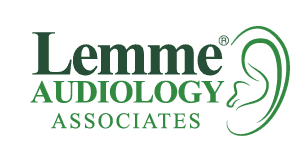Technology Addressing Hearing
Hearing aids are primarily useful in improving the hearing and speech comprehension of people who have hearing loss that results from damage to the small sensory cells in the inner ear, called hair cells. This type of hearing loss is called sensorineural hearing loss. The damage often occurs as a result of disease, aging, or injury from noise or certain medicines.
A hearing aid magnifies sound vibrations entering the ear. Surviving hair cells detect the larger vibrations and convert them into neural signals that pass along to the brain. The greater the damage to a person’s hair cells, the more severe the hearing loss, and the greater the hearing aid amplification needed to make up the difference.
Digital hearing aids convert sound waves into numerical codes, similar to the binary code of a computer, before amplifying them. Because the code also includes information about a sound’s pitch or loudness, the aid can have special programming to amplify some frequencies more than others. Digital circuitry gives an audiologist more flexibility in adjusting the aid to a user’s needs and to certain listening environments. These aids can also have programming focus on sounds coming from a specific direction.
Hearing aid technology is always improving. In the past, hearing aids would amplify every sound around you. Today’s hearing aids can assist you with understanding speech in noisy situations, stream sounds directly from your television, and even connect to your cell phone.
Find out more information about technology addressing hearing:
National Institute on Deafness and Other Communication Disorders
Ask Questions:
Contact Lemme Audiology – Your Local Experts

